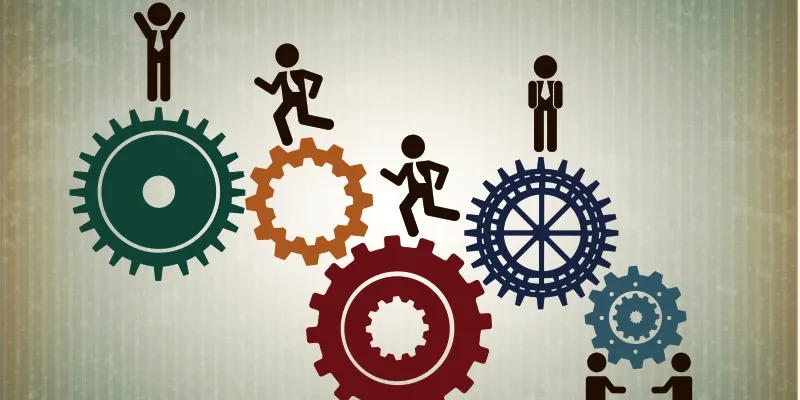What are the skill development challenges in India? An interview with Jetking’s Siddarth Bharwani
We had recently just held TechSparks, our annual flagship conference that saw global thought leaders, investors and the entrepreneurial community converge to discuss ideas, challenges and share their success and failure stories under one roof. This year’s conference theme ‘Tech for a Billion’, explored entrepreneurial ventures and initiatives that impacted the lives of a billion – also the kind of stories we come across at YourStory all year long.

One such story I came across recently was that of Meraj Shaikh. Meraj, like many in our country, comes from a modest background, but decided to pursue a hardware technology business against all odds. Today, Miraj runs a successful business and credits his development and growth to skill development endeavours, like those of Jetking.
As its tagline suggests, Jetking aims to create a ‘Better Life’ for those with limited access to resources with its training programmes. So far, it has trained six lakh students, several of them from Tier-II and Tier-III towns and cities. I recently caught up with Siddarth Bharwani, Director of Jetking, to get his insights on the skill development space in India. Some of his shares may strike an uneasy chord with most of us:
- Over 20 different government bodies in India run skill development programmes but with little symbiosis. Hence, there’s an extensive duplication of work.
- There’s a mismatch of education and skills that young people acquire and what corporates actually require them to possess. Most of our curriculum is obsolete and lacks scope.
- Accessibility for the disadvantaged and rural section of the society is difficult due to high costs involved and other social impediments.
- There’s a high drop rate at the age of 15 and above in many parts of India, and few skill development companies venture into those areas.
- There’s a dearth of engagement platforms where government organisations and industries can collaborate to make meaningful progress to curriculum and skill development.
- Since most companies prefer to hire candidates who already possess the right skillsets required for particular roles, more channels to propagate in-demand skills aligned with employability helps.
- Experiential learning courses, i.e. a mix of classroom and practical training, can help increase retention of students. Presently, only a few institutions offer such courses in India.
- Skill development is not the responsibility of governments, corporates and training institutes alone; students too are equally responsible and need to recognise the changing scenario of employment.
- Better training and learning opportunities with the approach to holistic development (soft + technical) can help India become a truly skilled nation.
India adds 12 million people to its workforce annually, but very few have any formal skill training. Today, only four per cent of the Indian workforce is skilled, in contrast to the 42 per cent in US, 76 per cent in Germany, 80 per cent in Japan and 96 per cent in South Korea. However, this could change if we reach out to more people with quality learning opportunities, revamp our existing infrastructure and execute plans more efficiently by making better use of monetary and resource support available.
Stories such as that of Miraj Shaikh and Jetking’s Siddarth Bharwani can go a long way to inspire many others to take to skill development. Let us know your thoughts.







